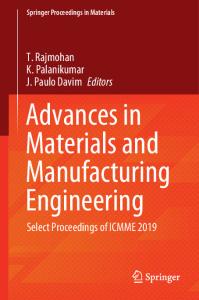Diesel Engine Exhaust Emissions
The direct release of exhaust gas components from combustion processes into the environment, i.e. emission, is the primary and most important process in the chain of emission, transmission, pollutant input and impact. Naturally, a basic distinction is mad
- PDF / 5,400,303 Bytes
- 69 Pages / 547.087 x 737.008 pts Page_size
- 97 Downloads / 401 Views
Diesel Engine Exhaust Emissions Helmut Tschoeke, Andreas Graf, Ju¨rgen Stein, Michael Kru¨ger, Johannes Schaller, Norbert Breuer, Kurt Engeljehringer, and Wolfgang Schindler
15.1
General Background
The direct release of exhaust gas components from combustion processes into the environment, i.e. emission, is the primary and most important process in the chain of emission, transmission, pollutant input and impact. Naturally, a basic distinction is made between emissions from vegetation, oceans, volcanic activity or biomass decomposition for instance and anthropogenic emissions, i.e. emissions caused or influenced by humans, from power generation, traffic, industry, households and farming for instance. The following deals exclusively with anthropogenic emissions from diesel engine combustion processes. Figure 15-1 depicts the functional chain with the major anthropogenic sources [15-1]. Exhaust gas components may be harmful or harmless as well as gaseous, liquid or solid. Figure 15-2 is an overview of anthropogenic emissions and their sources in Germany. Influenced by topography, climatic conditions, temperatures, moisture and air movements, exhaust gas components are diluted and subjected to physicochemical reactions and dispersed over large distances by atmospheric transport (transmission). Pollutant input (air quality) is the concentration that ultimately manifests itself after being transmitted to a particular location where measurements are taken, e.g. at an intersection. Pollutant input is the contamination of humans or nature engendered by exhaust emission and transmission. Impact denotes the consequences of pollutant input on the environment, organisms or goods. The complex processes of emission transport cause pollutant input readings to fluctuate daily and seasonally. Therefore, there are emission limits on exhaust pollutants, e.g. from vehicles or household heating systems, as well as air quality limits on sulfur dioxide, particulates, lead and ozone [15-2].
M. Kru¨ger (*) Robert Bosch GmbH, Diesel Systems, Stuttgart, Germany e-mail: [email protected]
The exhaust pollutants produced during combustion processes can be divided into harmless exhaust gas components, which are unavoidable natural products of combustion, and harmful exhaust gas components, which may or may not be subject to limits. Figure 15-3 presents the composition of exhaust gas for ideal and complete combustion with pure oxygen, which only produces carbon dioxide and combustion water in addition to the desired heat that the internal combustion engine converts into mechanical energy. Both components are harmless but relevant to the climate. Aside from the aforementioned harmless components, exhaust gas from combustion with air under ideal conditions only contains nitrogen and additionally oxygen in the case of diesel engines with excess air. However, real combustion produces other components that are harmful and therefore partly subject to limits, e.g. carbon monoxide CO, unburned hydrocarbons HC, nitrogen oxides NO, NO2 (NOX
Data Loading...











